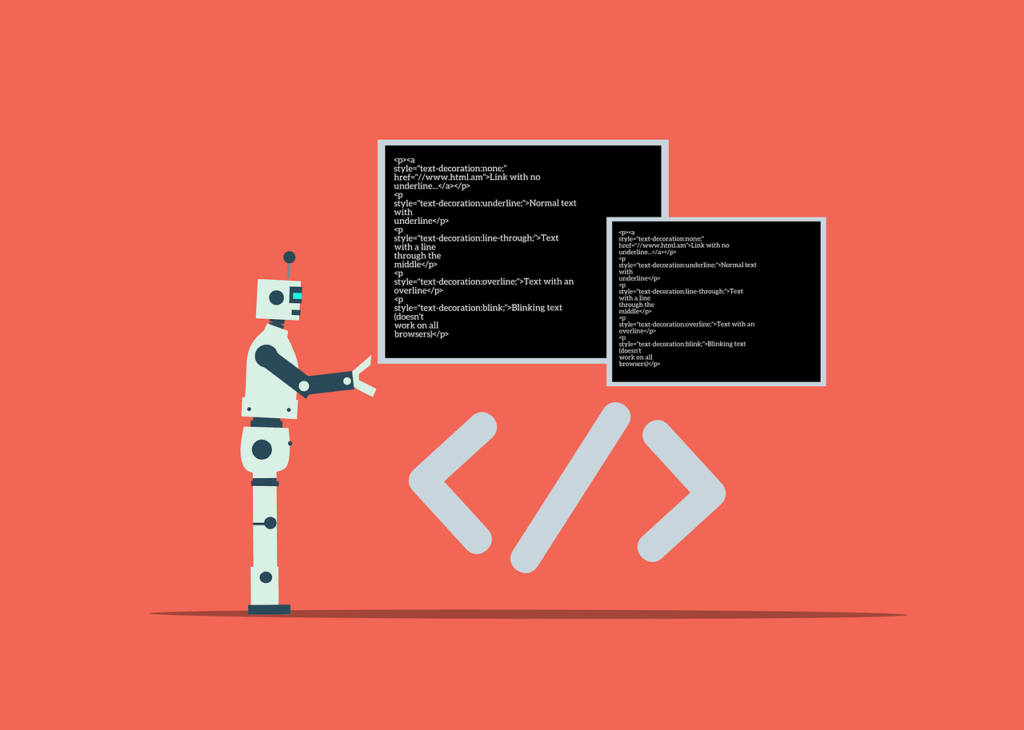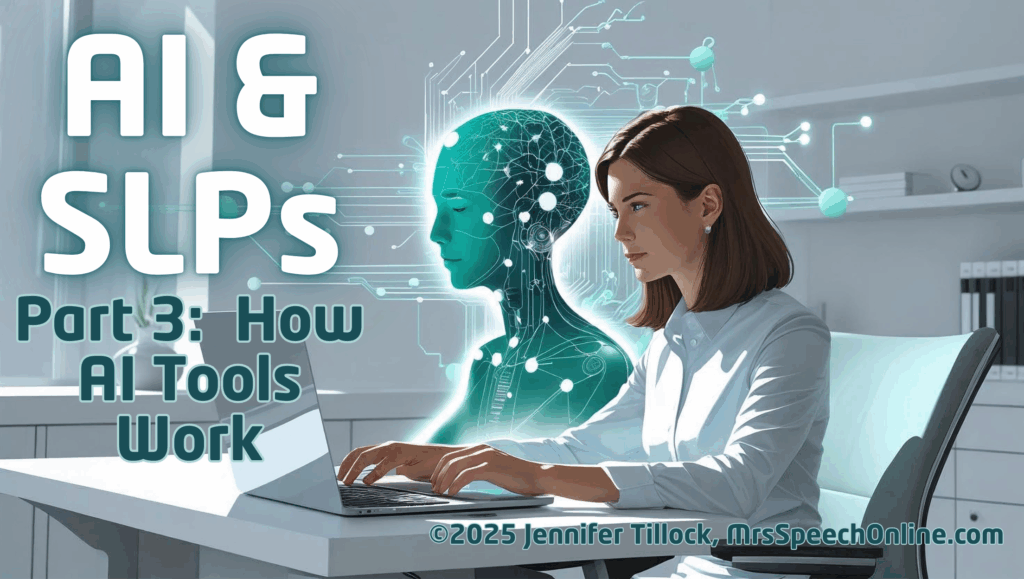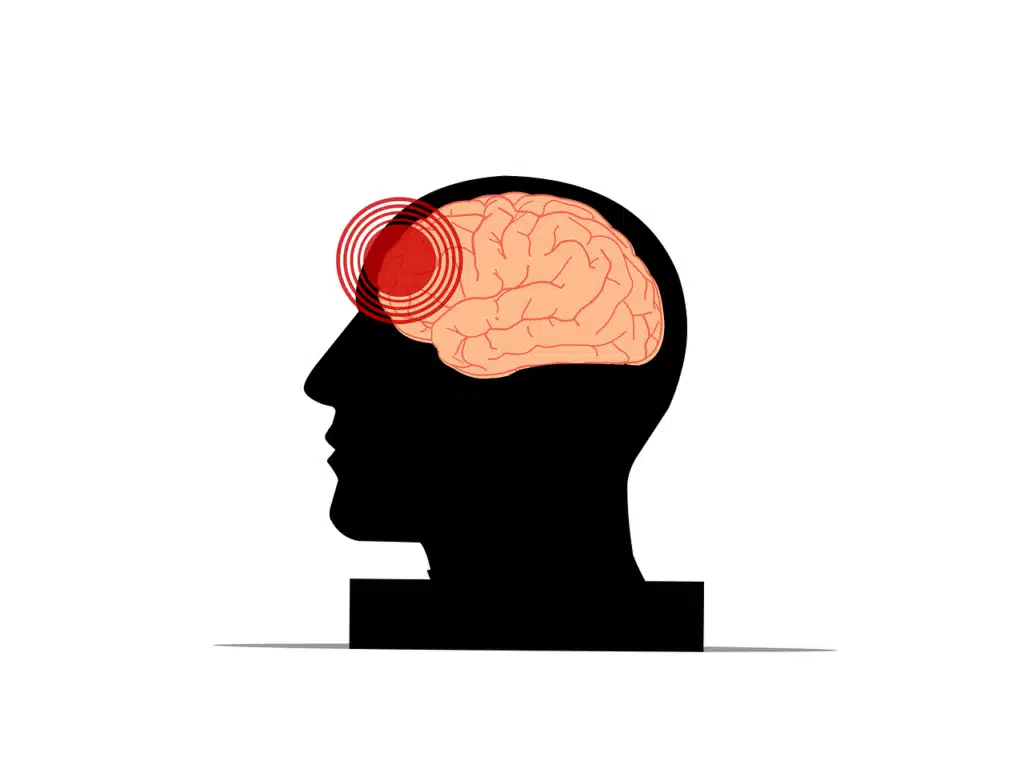A Practical Guide to Demystifying Generative Artificial Intelligence
Welcome back, fellow SLPs! In our last two posts, we tackled the crucial topic of AI and Clinical Data, as well as AI Truths & Myths. We learned that responsible AI use starts with safeguarding our clients’ privacy and understanding how AI works in practice.

We’ve debunked some common myths and explored the complex questions surrounding AI and data security. Now, let’s pull back the curtain and take a look at the mechanics room. In this post, we’ll demystify how AI tools actually work, providing a clear and simple explanation for SLPs.
Artificial intelligence can sometimes feel like magic, especially when it comes to generating coherent text for notes, therapy ideas, or reports. You type in a prompt, and seemingly out of nowhere, clinically relevant content appears. But behind this impressive capability lies a fascinating, albeit complex, system built on specific AI principles.
As SLPs, understanding the basics of how AI tools function is essential. It can not only alleviate some of the mystery, but also empower us to use these tools more effectively and with realistic expectations. So, let’s peek under the hood and demystify the mechanics of AI.
The Foundation: Large Language Models (LLMs)
To truly understand how AI works, you must first understand its base. At the heart of most AI tools you encounter that generate text are Large Language Models (LLMs). Think of these LLMs as incredibly advanced prediction machines for language.
They’re not thinking, feeling beings; instead, they are sophisticated algorithms. They are often built on a “transformer” architecture, that have learned to predict what word or sequence of words is most likely to come next. This ability to predict is the foundation of how they generate paragraphs, articles, notes, and even initial drafts of reports.
The Training Process: Learning from Text Patterns
The secret to this predictive power lies in the training process. LLMs are trained on truly massive amounts of text data – billions upon billions of words scraped from books, articles, websites, code, and just about any other digital text you can imagine. For models used in healthcare or clinical research, this could also include vast quantities of de-identified research papers, medical journals, and clinical guidelines.
During this training, the AI doesn’t process this raw text directly. Instead, it goes through a crucial step called tokenization.
What is Tokenization?
Tokenization is the process of breaking down the text into smaller, manageable units called tokens. These tokens can be whole words (“the,” “client”), parts of words (“-ing,” “re-“), or even individual characters or punctuation marks. The way text is tokenized can vary between different AI models, but the fundamental idea is to convert human language into a numerical format that the AI can process.

Think of tokenization like the raw data stream in the movie The Matrix. Instead of seeing words and sentences, the AI sees a constant flow of these individual numerical tokens. This numerical representation is the fundamental language that the AI understands and manipulates.
Each unique token in the AI’s vast vocabulary is then assigned a numerical ID. Therefore, AI operates at this granular level of tokens and learns statistical relationships between them. It doesn’t typically “hold” or store entire books, articles, or clinical records as copies. Instead, it retains the learned patterns and probabilities of token sequences.
How is Tokenization Used?
Once the text is tokenized and converted into these numerical representations, the AI analyzes this vast ocean of language, identifying patterns. It learns the statistical probability of certain tokens appearing together. This includes the common structures of sentences and paragraphs, and typical ways humans express different ideas in various contexts (e.g., academic writing, informal speech, or clinical documentation).
For example, the AI learns that after the tokens “Client” followed by “demonstrated,” the token “progress” has a very high probability of appearing next in a clinical note. It learns the statistical relationships between diagnostic terms and common intervention strategies.
It’s all about recognizing these statistical relationships between these numerical tokens. It’s crucial to remember that the AI doesn’t “understand” these relationships in the way a human clinician does. It doesn’t grasp the clinical meaning, the client’s emotional state, or the unique context of a therapy session. It simply recognizes that, based on the numerical sequences it has processed, certain token sequences are more probable than others.
Mechanics of AI Text Generation: Prediction in Action
So, how does this learned knowledge translate into generated text that can assist an SLP? Let’s discuss the AI principles at work. First, you give an AI a prompt – a request, a question, or even just a few keywords (e.g., “Draft a SOAP note for a 5-year-old with articulation goals for /r/”). Then, the AI first tokenizes your input.

After that, it processes its learned patterns and the numerical IDs of these tokens. It then predicts the most likely next token (represented by its numerical ID). This prediction is heavily influenced by the parameters of the LLM. Think of these parameters, often billions or even trillions, as the internal “knobs and dials”, like the Oz Wizard. The AI adjusts these during its training to learn the strength of the statistical relationships between tokens. The more parameters an AI has, generally the more nuanced and sophisticated its predictions can be.
The Output of the AI Machine
The AI takes that newly predicted token. It compares the original prompt and the token it just produced. Then it predicts the next most likely token, again relying on its vast network of parameters. This process continues, token by token, until the AI determines it has reached a stopping point. Finally, these numerical tokens are converted back into human-readable text.
Think of it like a super-powered version of the autocomplete feature you might use when typing. However, it operates at the level of fundamental text units, and is guided by an incredibly complex web of learned relationships stored within its parameters. The “creativity” or “clinical relevance” we sometimes see in AI-generated text isn’t true clinical reasoning in the human sense. Rather, it is the result of the sheer vastness of the data it has been trained on. It has learned the intricate statistical relationships between these tokens. It is all governed by its numerous parameters.
What AI Isn’t: Understanding the Clinical Limitations
Finally, it’s vital to reiterate what AI isn’t, especially from an SLP perspective. Even understanding the mechanics of AI, its human-like responses can often muddy the waters.

- It isn’t conscious. It doesn’t have emotions, personal experiences, or clinical judgment to draw upon.
- It cannot understand or provide the nuances of human communication. Sarcasm, irony, or the subtle emotional context of a client’s utterance are often difficult for AI to understand. They are even harder for AI to create (don’t ask it to generate jokes).
- It is limited in understanding highly nuanced linguistic elements like prosody, intonation, or specific phonetic realizations (e.g., truly hearing and analyzing a distorted /s/ or a lateral lisp). These areas are critical for SLP assessment and intervention, but challenging for current AI to grasp fully and accurately.
- It cannot build genuine therapeutic rapport or provide the empathetic connection essential for effective therapy.
- It cannot make a differential diagnosis or independently formulate a comprehensive, individualized treatment plan based on dynamic clinical interactions.
- AI can’t handle very large chunks of information. This is a significant limitation to remember, especially when working with long documents. More advanced and often paid AI versions, which are hopefully HIPAA-compliant, can process larger numbers of tokens.
Its output, however impressive, is ultimately based on the patterns it has learned from the text it has been trained on. You must remember that it is processed at the level of tokens and statistical probabilities, not genuine clinical understanding. You MUST always double-check output for accuracy, completeness, and bias!
Looking Ahead: Understanding AI as Your SLP’s Toolbox

Understanding the core mechanics of AI—that it’s a sophisticated text prediction machine built on statistical patterns—is the key to unlocking its potential without falling for the hype. This knowledge empowers us to see AI not as a magical entity, but as a powerful tool in our clinical process. It’s an assistant that can handle routine tasks, potentially allowing us to save precious time and redirect our energy to where it matters most: our clients.
Now that we’ve peeked under the hood, what are your initial reactions? Has demystifying AI’s inner workings changed your perception of its potential uses (or limitations) in SLP? Share your thoughts in the comments below, and then weigh in with your perspective in our quick poll! Results will be shared at the end of the series.
AI & SLPs Poll 3

I’d love to hear your thoughts after reading this post! Please answer these 4 questions; your valuable input will help shape my series’ final insights. To keep the poll fair and ensure unique responses, a Google account sign-in is required. Be assured, your email address is neither collected nor visible to me.
The AI & SLPs Series: Your Comprehensive Guide
Welcome to the AI & SLPs Series! Over the next eight weeks, we’ll delve deep into how Artificial Intelligence is shaping the world of speech-language pathology. Here’s what you can expect:
- Part 1: AI & Clinical Data Privacy
- This foundational post explores AI training data, client privacy, and HIPAA compliance for SLPs, including the non-negotiable role of BAAs.
- Part 2: Separating Truth vs Myth
- We debunk common AI myths in SLP practice. Get a realistic understanding of AI’s true role and capabilities.
- Part 3: How AI Tools Work (current post)
- Get a clear, jargon-free explanation of how large language models function. Understand their capabilities and limitations.
- Part 4: AI for Clinical Spark & Efficiency
- Discover ethical ways to use AI. Brainstorm, overcome planning hurdles, and refine non-clinical communications.
- Part 5: Mastering Prompts
- Learn prompt engineering. Communicate effectively with AI models to get tailored, useful results for SLP needs.
- Part 6: Compliant Platforms & Tools
- This post guides you through AI tools. Learn key factors for ethically and compliantly selecting platforms for your SLP practice.
- Part 7: Ethical & Responsible Use
- This crucial post delves into broader ethical responsibilities for SLPs using AI. It covers principles beyond data privacy.
- Part 8: The Future of AI
- This concluding post explores emerging AI trends and future possibilities in Speech-Language Pathology. Prepare to adapt, innovate, and lead responsible AI integration.
Stick around as we keep figuring out this whole thing together, giving SLPs the knowledge they need and helping us all find a balanced way to think about AI in the future of speech-language pathology. There is a lot of gray area and strong opinions, and I hope I can provide some facts to help you make informed choices that correspond with your own values.
Keep on clickin’!
Social Media Icons: designed by rawpixel.com – Freepik.com











